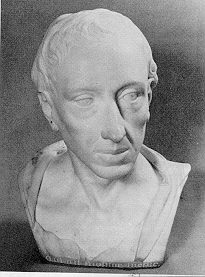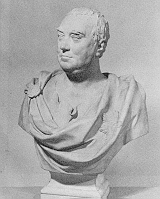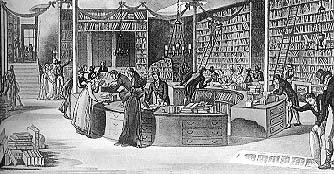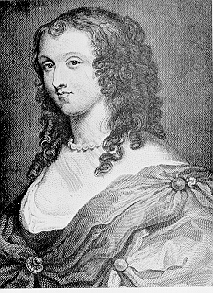There are two distinctive periods in the literary styles and tastes of the 18th century. The first half of the century is ruled by the great satirists, the second half by the marked development and popularization of the new form of literature, the novel. Philosophers call the 18th century "The Age of Reason," for people believed that through Reason, Man could reach perfection. If Man could, his world could as well, and for this reason satire (literary work in which vice and folly are held up to ridicule in an attempt to bring about change) becomes one of the dominant literary styles. Wit remained highly valued, as well, so the best writers of this period combined satire with biting wit. The leading writers of this time are: Jonathan Swift, Alexander Pope, Joseph Addison, Sir Richard Steele, John Arbuthnot, Delarivier Manley, John Gay (playwright), Daniel Defoe, Henry Fielding This age lasted from around 1704 until roughly 1744-45, the years Swift
and Pope died.
Essays became popular reading in this century. People read to improve their Reason, and the "Reasoned" form of the essay appealed to them. After the major essayists of the beginning of the century stopped writing (Swift, Addison, Steele, Defoe, Manley), they were replaced by Samuel Johnson, considered the greatest essayist of the day, and his follower, Joseph Boswell. Many other writers were working, of course, but these are the major names.
Oliver Goldsmith (poems and plays), Richard Brinsley Sheridan (plays), Thomas Gray, William Collins, Christopher Smart, William Cowper "Sensibility" - This trend begins in
the beginning of the 18th century and develops through the century until
it became so exaggerated that Jane Austen mildly satirizes it in her novel
Sense and Sensibility (1811). What is it? Reduced to
very simple terms, it is a reliance on feeling, on emotion, and is often
linked with "sentimental" writing, which is characterized by its high moral
tone and its faith in the triumph of good over evil.
|



